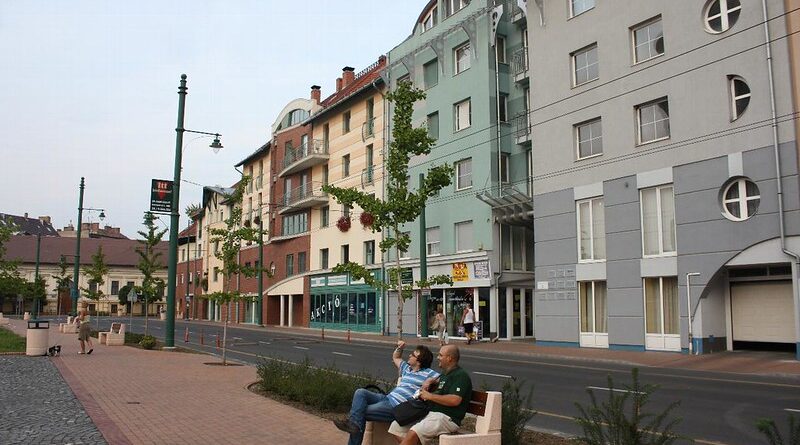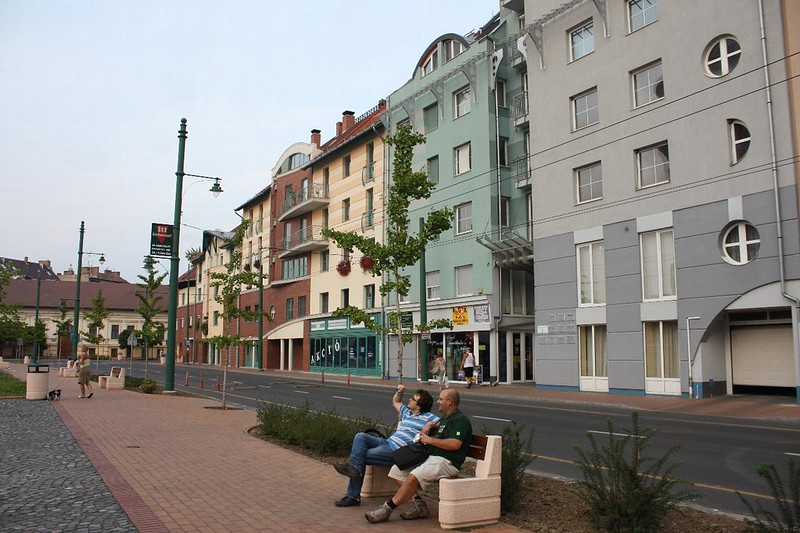Szeged, Hungary increases geothermal district heating capacity
Energy Disrupter
A new geothermal district heating system has been completed in the Sziler district of Szeged, Hungary.
The geothermal heating capacity of the city of Szeged in Hungary has been further expanded with the completion of a new geothermal heating system in the Sziler district. The project displaces more than 2.2 million cubic meters of natural gas, reducing the greenhouse gas load of Szeged by 4,482 tons of CO2 annually.
The completion of the project was announced by the Hungarian Ministry of Construction and Transport.
The project required a budget of HUF 2.354 billion (approx. EUR 6 million). The EU supported this with a HUF 1.108 billion non-refundable grant that was awarded to project investor Geo Höterm Kft. The geothermal system entailed the drilling of 2000-meter production well and two slightly shallower injection wells. Water from the production well passed through a heat exchanger, with the secondary fluid going to the Felsovaros I heating plant. The new heating system can also serve other heating districts though existing transmission lines.
The new project in the Sziler district further expands the geothermal district heating of Szeged – one of the largest district heating systems in Europe and second only to Reykjavik. The city currently supplies geothermal het to 23 heating districts, serving 27,251 apartments and 469 institutions. Szegedi Távfutö Kft, the operator of the city’s heating system, used to burn 27 million cubic meters of gas resulting in 550,000 tons of CO2 emissions annually, making it the biggest source of air pollution in the city.
We first reported on the ambitious geothermal district heating plans of Szeged back in 2019. By 2022, residents of Szeged had already started benefiting from lower heating bills as a direct result of the geothermal district heating project that has been described as a blueprint for other European cities.
Source: Mernokvagyok.hu

















